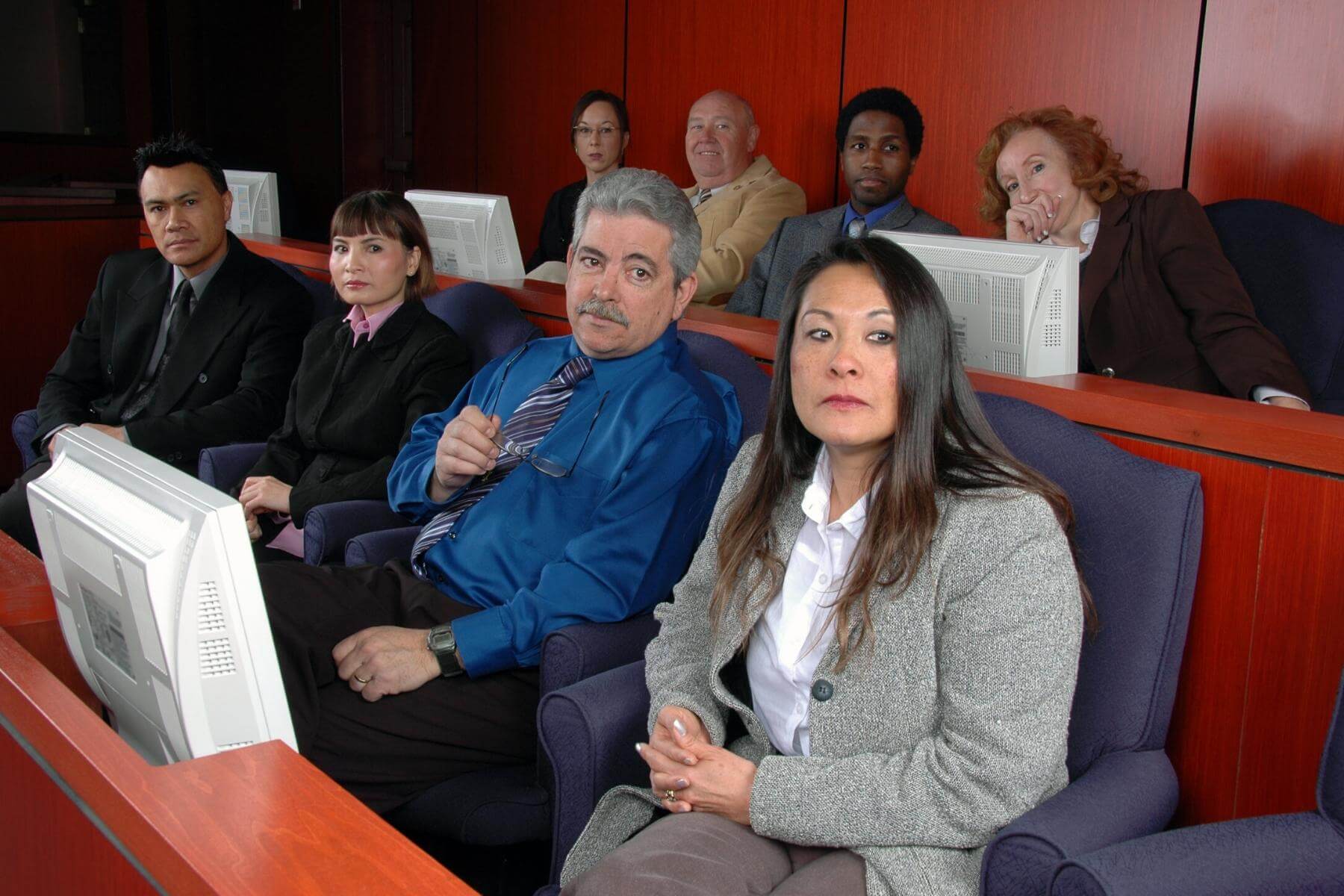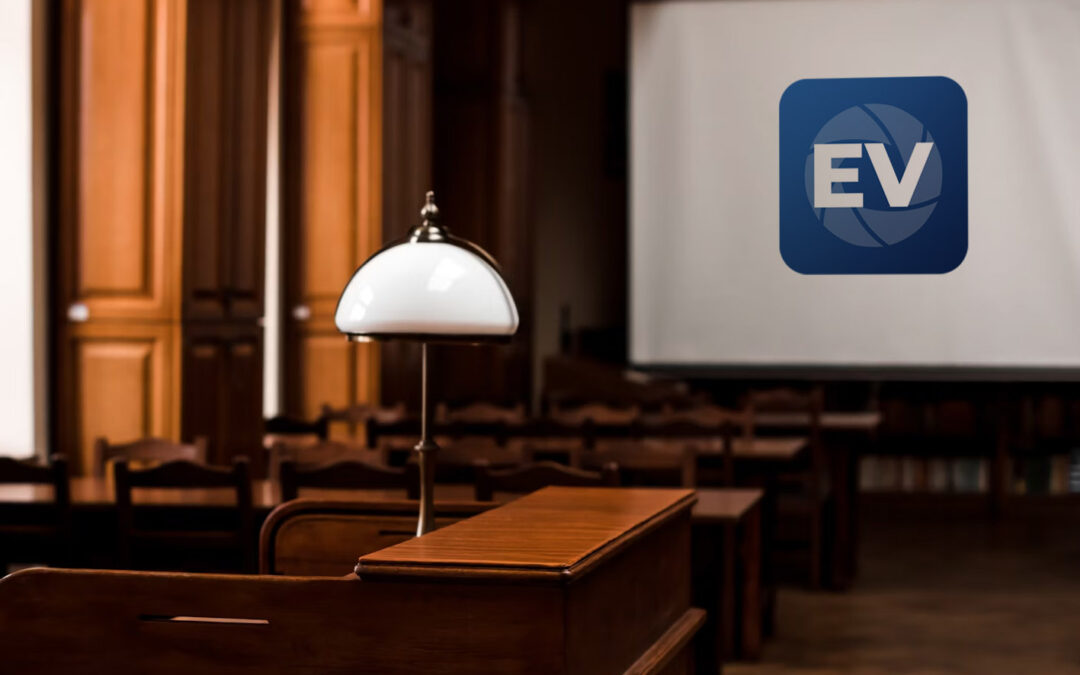Attorneys rely on powerful trial presentations for courtroom success.
Attorneys rely on powerful trial presentations for courtroom success.
Blog Article
How Trial Presentations Enhance Your Debate and Convince Jurors
Test discussions act as an essential mechanism for improving legal arguments and encouraging jurors. By incorporating aesthetic help, narrative structures, and emotional interaction, lawyers can produce a compelling instance that resonates on numerous levels. The strategic use of visuals not only clears up intricate info however likewise records jurors' interest better than words alone. The art of storytelling plays a similarly critical role in transforming accurate proof into an engaging story, shaping jurors' assumptions. Recognizing these components can significantly influence trial results, increasing the concern of just how each part adds to this complex dynamic.

Relevance of Aesthetic Help
Visual aids play a critical role in enhancing the efficiency of test discussions, as they can dramatically enhance target market engagement and retention of information. In the context of a trial, where jurors are charged with handling facility info, aesthetic aids serve to simplify and make clear bottom lines. Graphes, charts, and images can convey information and ideas that may or else bewilder or perplex jurors, permitting an extra uncomplicated understanding of the proof provided.
Furthermore, visual aids help in preserving juror interest throughout the proceedings. By damaging the dullness of verbal statement, these tools can stress critical arguments, making them a lot more remarkable. Effective aesthetic help can additionally evoke emotional responses, which can be crucial in convincing jurors to align with the presenter's story.

Crafting Engaging Narratives
A compelling story is necessary in trial presentations, as it works as the backbone of effective persuasion. It allows attorneys to weave together facts, evidence, and emotional components right into a systematic story that resonates with jurors. This narrative structure enables jurors to understand the complexities of the instance while guiding them with the lawyer's disagreement.
To craft an engaging narrative, lawyers should concentrate on clearness and coherence. This involves establishing a clear lead character-- often the customer-- and detailing their trip with the events concerned. Offering the facts in a rational sequence improves comprehension and keeps engagement. Furthermore, using vivid descriptions can produce psychological photos that aid jurors picture the events, making the narrative much more unforgettable.
Additionally, incorporating vital styles throughout the discussion reinforces the core message and help in retention - trial presentations. The narrative must not only communicate info but additionally evoke a sense of justice, highlighting the risks included. Ultimately, a well-constructed narrative fosters a connection in between the jurors and the instance, placing the attorney's disagreement as both trustworthy and compelling, consequently boosting the possibility of a positive judgment

Involving the Court Mentally
Effective jury involvement rests on the attorney's capability to link with jurors on a psychological degree. This connection can substantially influence jurors' understandings and their supreme decision-making. Using sob stories allows attorneys to humanize the case, transforming abstract lawful ideas into relatable experiences. By providing real-life stories or endorsements, lawyers can evoke compassion and concern, fostering a deeper understanding of the issues at stake.
Aesthetic aids, such as photographs or video clips, can better boost emotional interaction, providing jurors with brilliant depictions of the situation's human elements. Crafting a story that highlights the struggles and accomplishments of the people entailed guarantees that jurors see beyond the lawful disagreements and identify the helpful hints human effects of their choices.
In addition, tone and body movement play a crucial function in sharing feeling. An attorney's enthusiastic delivery can reverberate with jurors, reinforcing their psychological investment in case. It's necessary to balance sob stories with factual proof, ensuring that jurors feel forced to act while continuing to be grounded in the reality. Eventually, a psychologically engaged jury is much more likely to be convinced, making psychological link an essential component of effective trial discussions.
Structuring Your Discussion

The body of the presentation should be logically fractional right into essential factors, each sustained by engaging proof. It is useful to make use of narration techniques to weave realities right into a story that jurors can conveniently follow. Visual aids, such as graphes and video clips, can enhance comprehension and involvement, helping to highlight vital pieces of evidence.
Real-World Study
Examining real-world case studies provides vital understandings right into the art of test presentations and persuasion. As an example, the landmark instance of "O.J. Simpson v. Individuals of The golden state" illustrates just how aesthetic aids and engaging narratives can sway jury assumptions. The protection group efficiently used a strategy that integrated high-profile expert testaments read here with multimedia discussions, which mesmerized jurors and eventually influenced their choice.
One more notable example is the "McDonald's Coffee Case," where the complainant's attorneys made use of visuals images of the injuries suffered by Stella Liebeck. trial presentations. This raw visual evidence played an important role in conveying the seriousness of her burns, bring about a significant jury honor. Such instances demonstrate that impactful trial presentations usually hinge on the effective assimilation of visuals and storytelling to stimulate psychological feedbacks from jurors
Moreover, the "Casey Anthony Trial" highlighted the relevance of narrative coherence and reputation. The prosecution's failing to establish a compelling timeline decreased their influential power, emphasizing the necessity of a well-structured discussion. Analyzing these cases exposes that successful test presentations require tactical planning, psychological engagement, and the capacity to reverberate with jurors' values and beliefs.
Final Thought
Trial discussions considerably enhance disagreements and convince jurors via the calculated usage of aesthetic help, compelling narratives, and psychological engagement. By streamlining complex details and promoting links with the audience, these components develop a remarkable and impactful experience. A well-structured discussion equilibriums sob stories with accurate proof, ultimately resonating with jurors' worths. The integration of these techniques not just influences click for more decision-making however also highlights the importance of effective communication in the court room.
Report this page